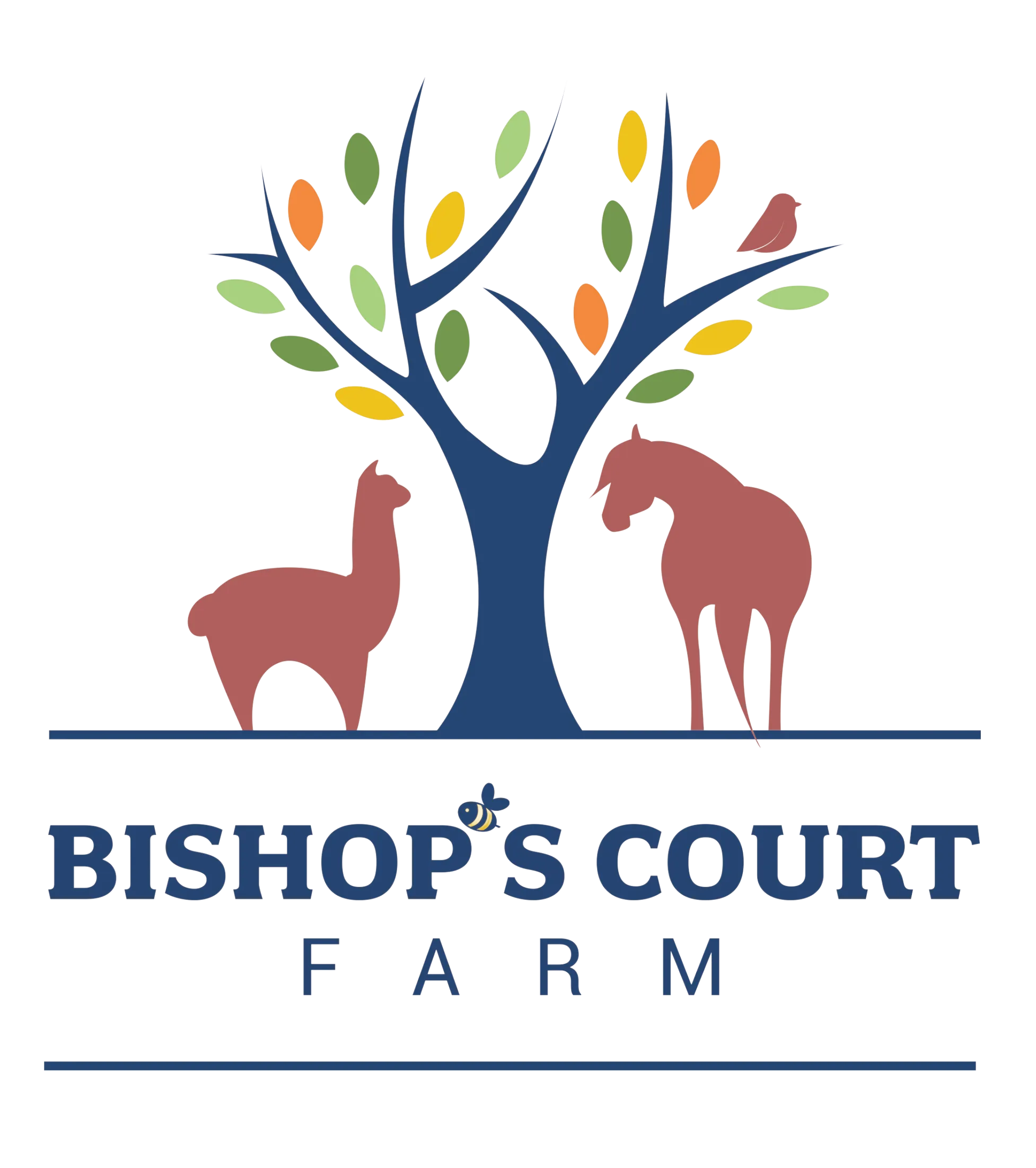
What other wildlife do we have?
Reptiles
The UK has two main species of snake - adders and grass snakes (we also have smooth snakes, however these are incredibly rare). Adders are the only venemous snake in the UK, they are usually found in woodlands and we have never seen any on the farm. Grass snakes on the other hand, are completely harmless and quite shy. We often find them hidden away in dark, damp areas. They tend to slither quickly away whenever we find one. They feed primarily on fish and amphibians so our frog and toad populations are very useful to them. We have even seen them swimming across the lakes while hunting for fish!
Amphibians
The UK has seven native amphibian species: two frogs, two toads, and three newts. The frogs are common and pool. The toads are common and natterjack. And the newts are great crested, smooth, and palmate. We have a variety of these on the farm, but not all of them.
Great crested newts, while not present on the farm are present in our local area. Some of the woodland and ponds across the Thames from us acts as their habitat. In fact the woodland at the bottom of Wittenham Clumps has more great crested newts than almost anywhere else in the UK. Great crested newts are protected in the UK as they are under threat from habitat depletion and pollution. Due to their protected nature, we have carried out surveys to ensure that they are not present and our work is not affecting them.
Fish
Our lake has been filled with trout for the birds to feed on and for us to fish. Occasionally you may see trout on the cafe menu - these were likely caught that day by our chef! Some of our trout grow very large, they can reach up to 18 kg. Their diet consists of smaller fish and their eggs, as well as insects on the water.
Other mammals
Whilst our most common mammals are badgers, rabbits, foxes, and deer; we also occasionally have visits from other species such as stoats and otters. We don't believe any otters live on the farm, but they occasionally come by when roaming the Thames to forage for some food.
We even managed to get a little bit of footage of some visiting otters!

Want to learn more?
To continue learning about our different wildlife please continue with the links below:
